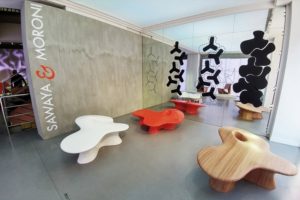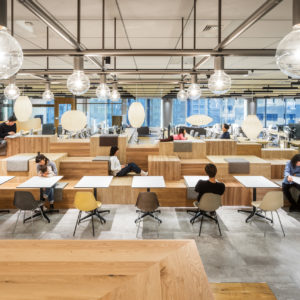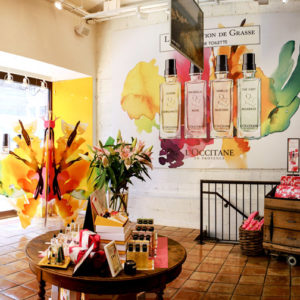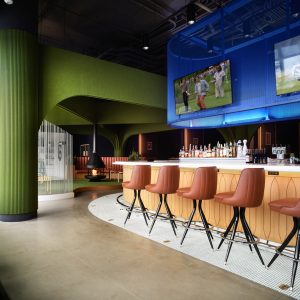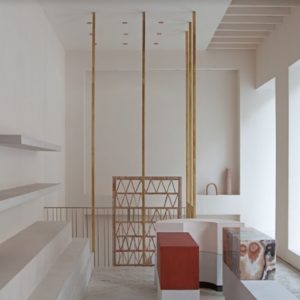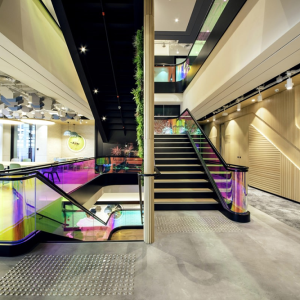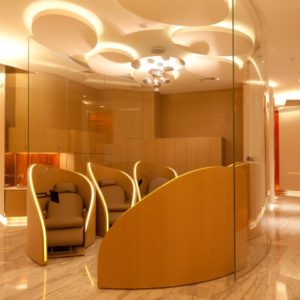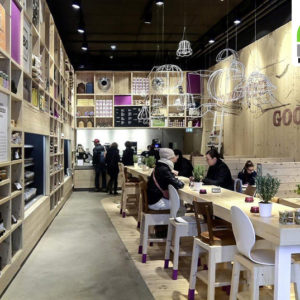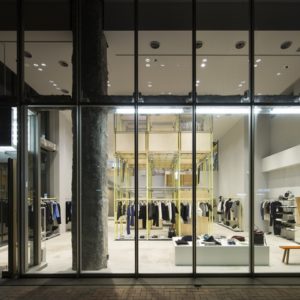


Anna Heringer was one of the 12 architects invited to build habitable structures in bamboo for the occasion of the Inaugural Bamboo Biennale in the village of Baoxi, located in the region of Longquan, China. From a restaurant, ceramics workshop, a hotel to a welcome center; all of the schemes demonstrated the unlimited possibilities of bamboo as a material for architectural construction.

China’s consumption of cement surpasses any country in the world and thus, with this abundant material, it can be utilized as an alternative for reducing environmental impact and CO2 emissions on a whole in China.One of the distinctive schemes showcased at the Bamboo Biennale was German architect Anna Heringer‘s two hostels and one guesthouse.

A total of three structures – different in their form, but same in their material expression – explored bamboo used in contemporary ways. Unlike traditional houses that hide mud behind fake facades, this project celebrated the beauty of bamboo in its exposed and natural form. In general we tend to think that sustainability is about scarcity. But the nature of nature is not limitation.

These great building materials bamboo and mud are there in abundance. They make sense in economic as well as ecological perspective, are healthy for people and the planet. These buildings are a statement that sustainability is about quality of life and the celebration of nature`s vast resources.” – Anna Heringer architecture.

The rich tradition and the heritage of Baoxi was the main influence for the characteristic shapes of the three buildings: one male and female hostel and a guesthouse. Basket weaving and ceramic vases were translated and applied into the architecture of the vessel-like form of the structures. A rammed earth core is surrounded by the expressive weaved skin and attached to it are the sleeping units; the latter are designed like chinese lampshades that glow at night.

The weaved shell of the buildings protect the cocoon-like rooms and utility spaces located at the core. Using low-tech level techniques including fire for heating warm warm for showers, the basic but functional spaces create a communicative atmosphere and gives guests a charming experience.
Design: Anna Heringer
Photpgraphy: Jenni Ji and Julien Lanoo


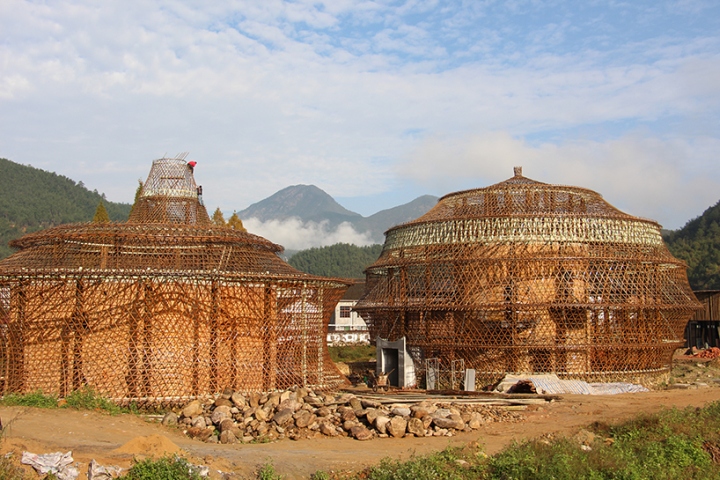
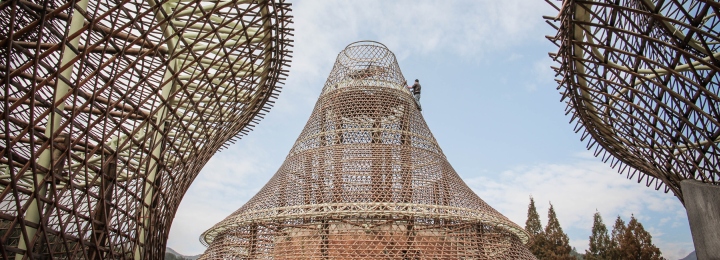













Add to collection
